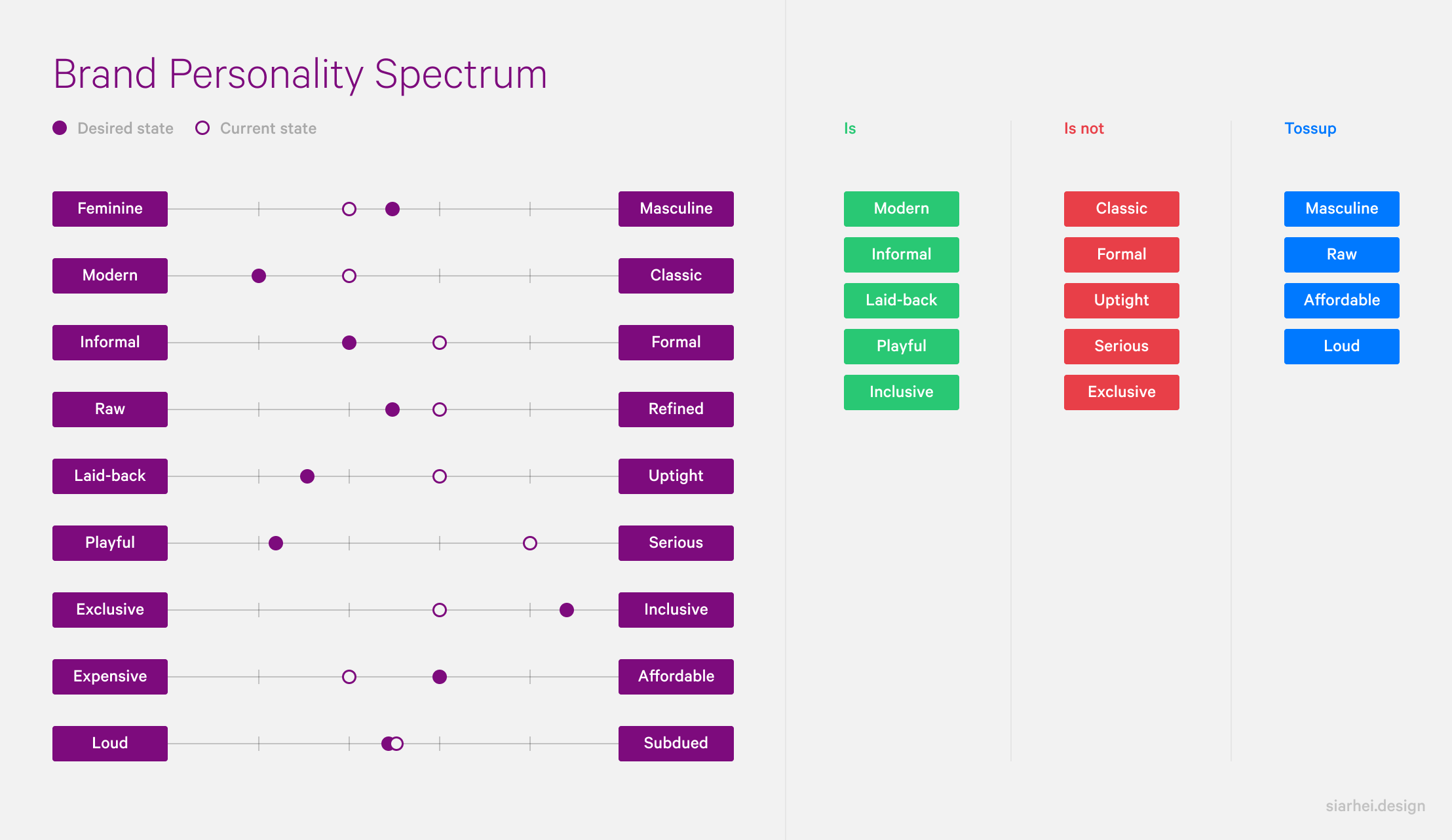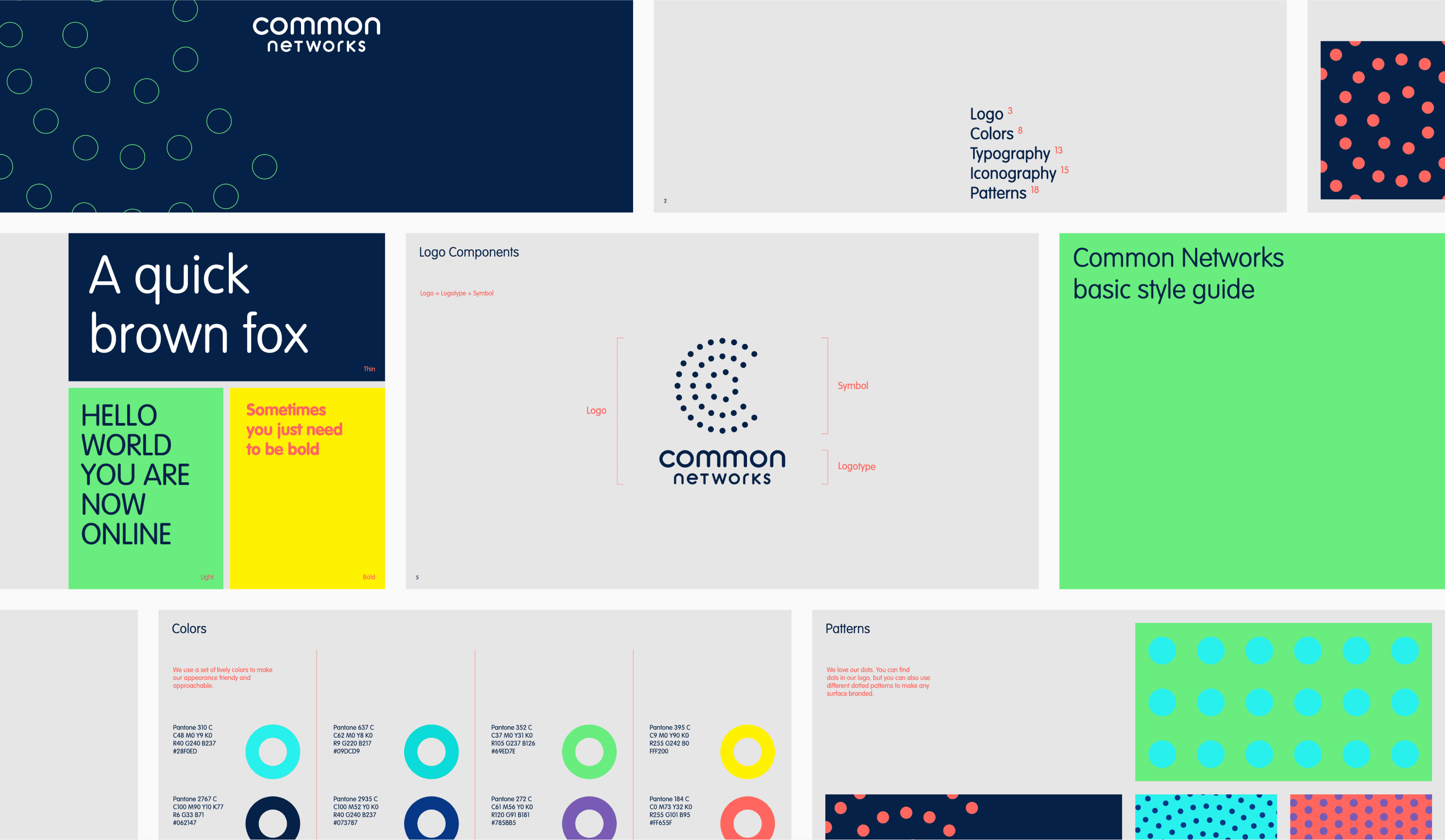As a brand designer, my goal is to find a distinct voice for your company’s product or service that is authentic, coherent, and compelling. A well-put-together logo, vibrant colors, and dialed-in typography serve as the medium, but the message is the essence of your brand. By being thoughtful and purposeful about both, we can construct a narrative that effectively communicates your company’s value to the outside world, resonates with customers, and earns their trust.
In a branding project, both input and the final output are equally important. Understanding the client, their product, and the desires of their customers is key to shaping an effective brand. This process involves interviewing users, clients, and stakeholders, as well as conducting workshops, and engaging in knowledge sharing activities.








